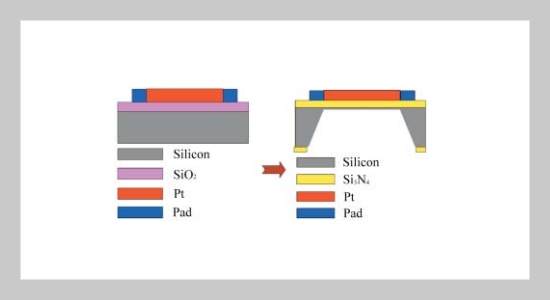Nan-Fu Chiu1 , Tzu-Chien Hsiao3,4 and Chii-Wann Lin This email address is being protected from spambots. You need JavaScript enabled to view it.1,2 1Institute of Electrical Engineering, National Taiwan University Taipei, Taiwan 106, R.O.C.
2Institute of Biomedical Engineering, National Taiwan University Taipei, Taiwan 106, R.O.C.
3Biomedical Research & Development, Hsinchin Biomedical Science Park National Taiwan University Taipei, Taiwan 106, R.O.C.
4Department of Biomedical Engineering, I-Shou University Taiwan 840, R.O.C.
Received:
March 30, 2005
Accepted:
July 5, 2005
Publication Date:
September 1, 2005
Download Citation:
||https://doi.org/10.6180/jase.2005.8.3.08
There are great needs for a low cost and low power consumption portable spirometer for the home care of respiratory diseases. Thermal anemometer has the advantage of possible miniaturization by modern microfabrication processes. However, its optimal design remains to be a technical challenge for the trade off between required sensitivity and power consumption. The designed features of such a sensor include low thermal conduction via substrate, wide dynamic range (0~180 L/Min) to cover high peak flow rate and possible low cost mass production. To meet these requirements, we used both surface and bulk micromachining techniques to fabricate the sensor for optimal performance. Testing of constructed prototype showed that it can be used under low operating voltage of 3 volts. According to the American Thoracic Society (ATS) guidance for the measurement of pulmonary functions, including dynamic volume of forced expiratory vital capacity (FVC) and flow during forced expiration: peak expiratory flow rate (PEFR), it has necessary accuracy (≤ 3% variation) for diagnosis requirements.ABSTRACT
Keywords:
Thermal Anemometeric Chip, Portable Spirometer, ATS, FVC, PEFR
REFERENCES
















